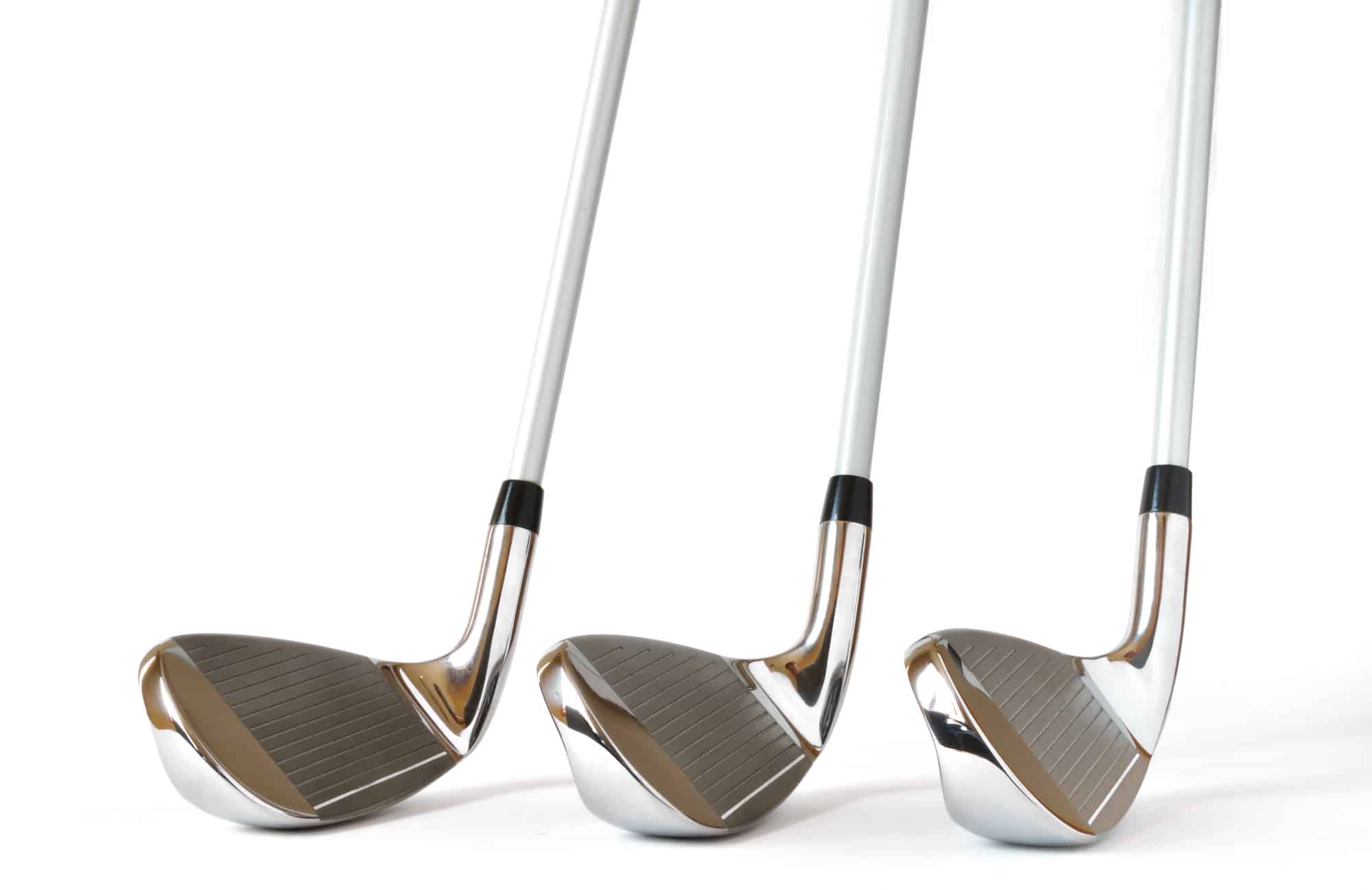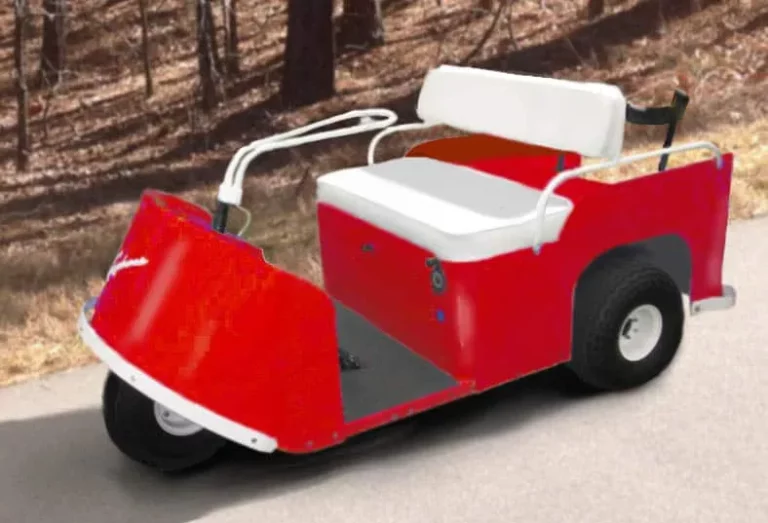Lob Wedge Vs Sand Wedge

The short game is often referred to as the “scoring zone” in golf, and having the right clubs for delicate shots around the green is essential for lowering your scores. When it comes to selecting the appropriate club for specific situations, golfers frequently find themselves debating between the lob wedge and the sand wedge. These clubs have distinct characteristics that make them suitable for different shots, and understanding their differences is crucial for making informed decisions on the course.
In this comprehensive guide, we delve into the intricacies of the lob wedge and the sand wedge, exploring their unique attributes, shot-making capabilities, and best use cases. Whether you’re faced with a high flop shot over a bunker or a tricky pitch from a greenside lie, knowing when and how to utilize these clubs can greatly enhance your short game performance.
Join us as we break down the key distinctions between the lob wedge and the sand wedge, examining factors such as loft, bounce, design features, and shot selection. We’ll explore the scenarios where each club shines, providing practical examples, tips, and strategies for maximizing their effectiveness.
By the end of this guide, you’ll have a comprehensive understanding of the lob wedge and the sand wedge, enabling you to make confident and informed decisions when faced with delicate shots around the greens. Whether you’re a beginner seeking to expand your knowledge or an experienced golfer looking to fine-tune your short game, this exploration of the lob wedge versus the sand wedge will prove invaluable on your journey to mastering the art of the short game.

What is a Lob Wedge?
A lob wedge is a high-lofted club designed to produce a steep angle of ascent and descent on the ball. With lofts typically ranging from 58 to 64 degrees, lob wedges excel at hitting high, soft shots that require precision and control. They are particularly effective for hitting shots over hazards, achieving maximum backspin, and stopping the ball quickly on the green. In this section, we explore the loft, bounce, and design features of lob wedges, providing a comprehensive understanding of their capabilities.
What is a Sand Wedge?
Sand wedges, on the other hand, are primarily designed for use in bunkers and shots from the sand. With lofts ranging from 54 to 58 degrees, sand wedges feature a wider sole and higher bounce angle compared to lob wedges. This design helps the club glide through the sand, preventing it from digging too deeply and promoting a smooth exit from the bunker. In this section, we delve into the loft, bounce, and design features of sand wedges, highlighting their suitability for specific shots and situations.
Loft and Bounce Comparison
To better comprehend the differences between lob wedges and sand wedges, we analyze the loft and bounce characteristics of each club. Loft refers to the angle of the clubface, while bounce represents the angle between the leading edge and the lowest point of the sole. Understanding how loft and bounce affect the trajectory and performance of shots is essential for selecting the appropriate wedge for different situations. In this section, we provide a detailed comparison of the loft and bounce attributes of lob wedges and sand wedges, helping golfers make informed decisions based on their specific shot requirements.
Shot Selection and Versatility
The shot selection capabilities and versatility of lob wedges and sand wedges are critical aspects to consider. Lob wedges are highly versatile, enabling golfers to execute a wide range of shots, including flop shots, lob shots, and high trajectory shots. We delve into the technique, execution, and scenarios where lob wedges excel, providing practical examples and actionable tips to maximize their effectiveness. Conversely, sand wedges are specifically designed for bunker shots, but they can also be used for pitch shots and full shots. In this section, we explore the optimal shot selections and techniques for sand wedges, offering guidance on how to navigate various situations on the golf course.
Course Conditions and Situational Factors
Course conditions and situational factors play a significant role in determining the choice between lob wedges and sand wedges. The type of turf, bunker conditions, and green firmness can impact the effectiveness of each club. We discuss how different course conditions influence shot selection and provide insights into when to utilize lob wedges or sand wedges. By considering the course conditions and situational factors, golfers can make informed decisions and adapt their club selection accordingly.
Skill Level and Player Preference
The skill level and player preference of individual golfers are crucial considerations when choosing between lob wedges and sand wedges. Each club requires a certain level of skill and technique to yield optimal results. We explore how skill level influences wedge selection and discuss the importance of maintaining a balance between challenging oneself and playing to one’s strengths. Additionally, player preference plays a role in wedge selection, as some golfers may have a natural affinity or comfort with a particular club. Understanding the influence of skill level and player preference helps golfers make informed decisions that align with their abilities and preferences.
Other Factors to Consider
While the primary focus of the comparison lies between lob wedges and sand wedges, there are other factors to consider when selecting the right club for your game. In this section, we discuss additional factors such as club fitting, set makeup, and personal shot preferences. Club fitting ensures that the wedge’s specifications, including shaft length, lie angle, and grip size, are customized to your swing characteristics and body measurements. We also address the significance of having a well-rounded set makeup to cover various shot requirements on the course. By understanding these additional factors, you can fine-tune your wedge selection and optimize your overall club setup.
Practice and Experimentation
While this guide provides insights and recommendations, it’s important to remember that practice and experimentation are key to finding the best wedge for your game. Each golfer has unique swing characteristics, playing style, and course conditions they frequently encounter. By dedicating time to practice with both lob wedges and sand wedges, golfers can gain a better understanding of how these clubs perform under different situations. Experimenting with various shots, techniques, and lies helps golfers build confidence and develop a feel for each wedge, ultimately improving their short game performance.
Conclusion
In conclusion, understanding the differences and best uses of lob wedges and sand wedges is essential for enhancing your short game. Lob wedges are designed for high, soft shots that require precision and control, while sand wedges excel in bunker play and pitch shots. By considering the loft, bounce, shot selection, course conditions, skill level, and personal preference, you can make informed decisions when choosing between these two versatile clubs.
Remember, it’s not a matter of lob wedge versus sand wedge, but rather understanding their unique characteristics and how they can complement your game. Experimentation and practice will help you determine which wedge is best suited to your swing, playing style, and the challenges you face on the golf course. With time and experience, you’ll develop the confidence and proficiency to make the right wedge selection for any shot, ultimately improving your scoring and enjoyment of the game.





